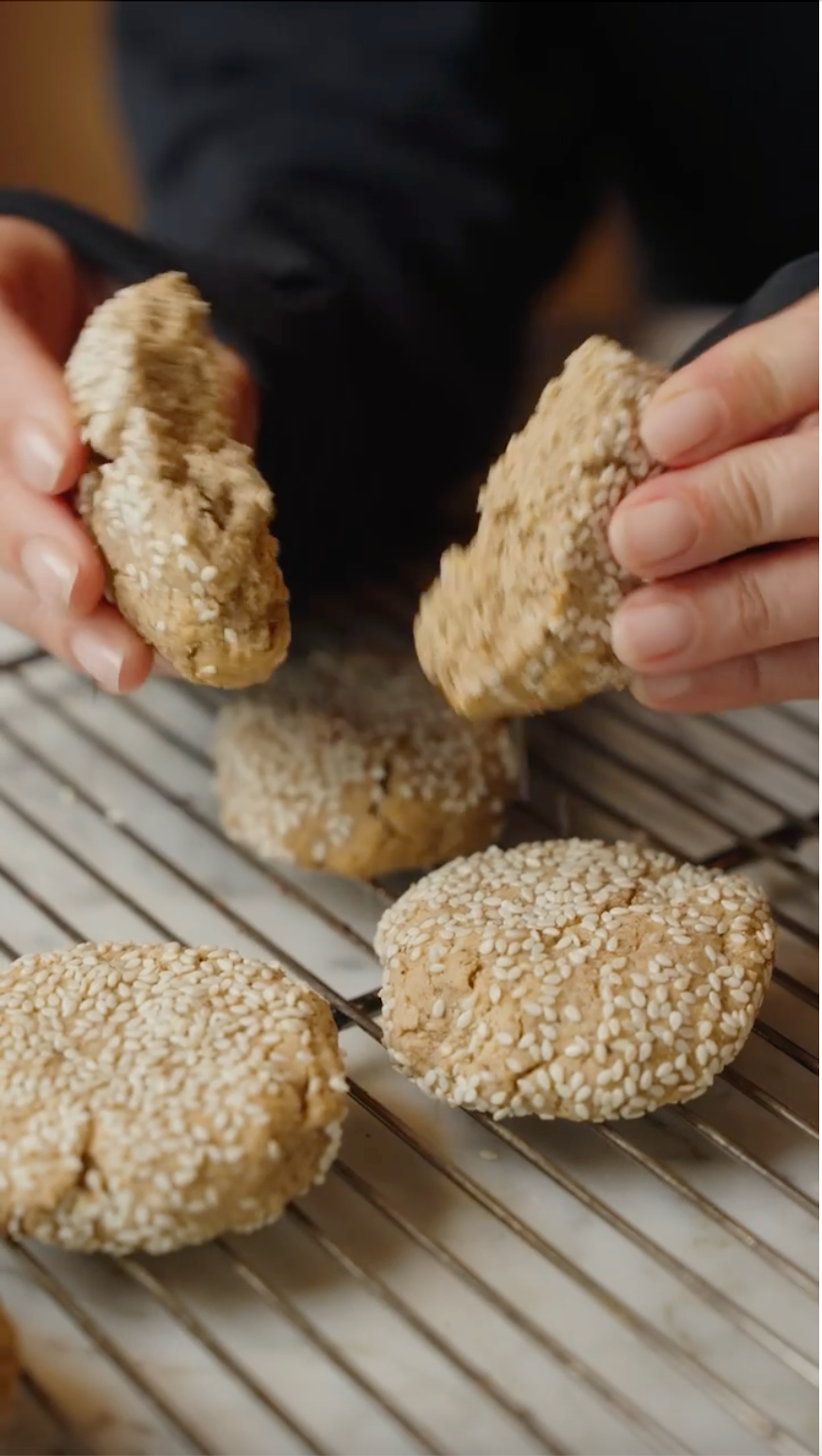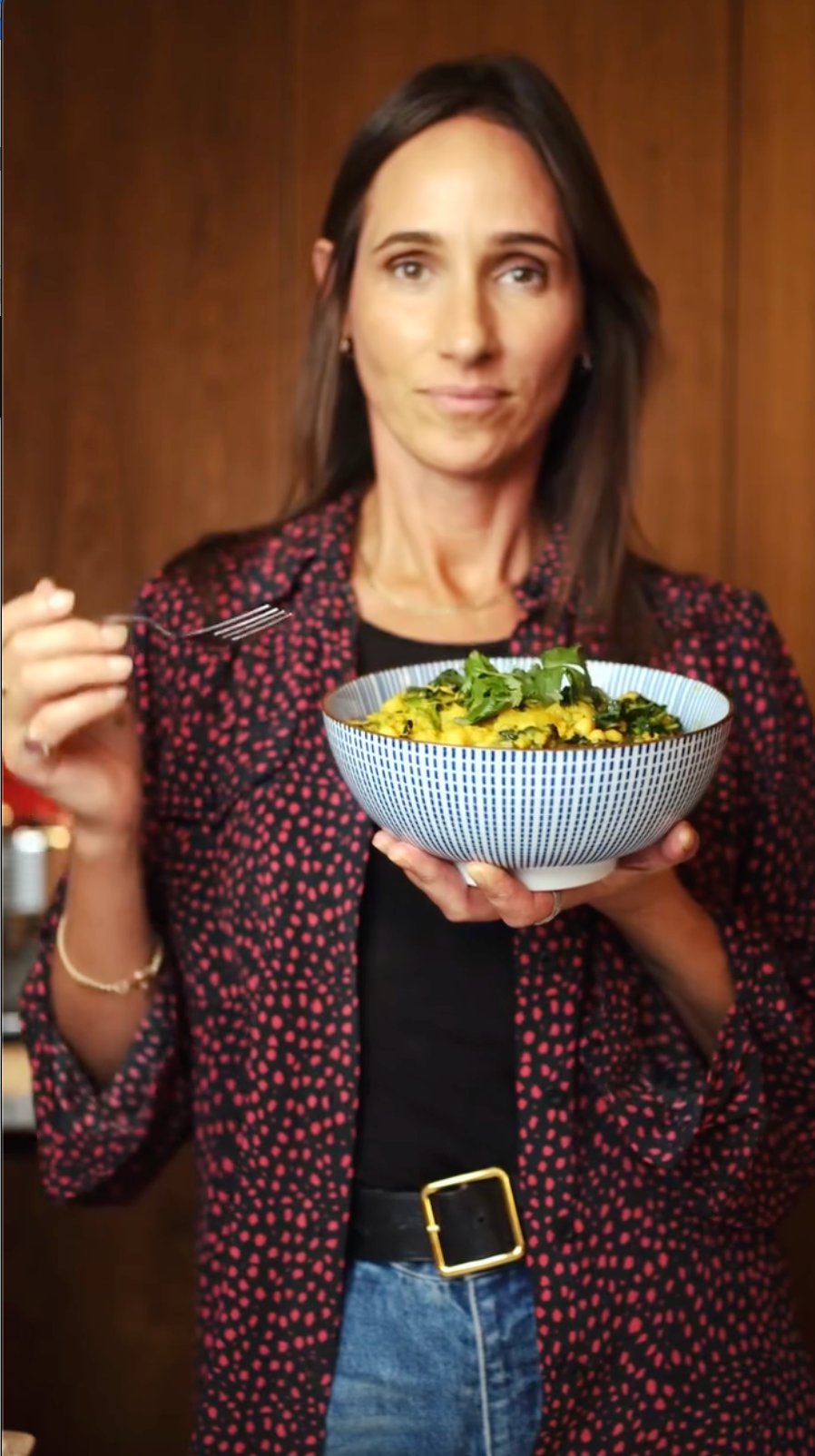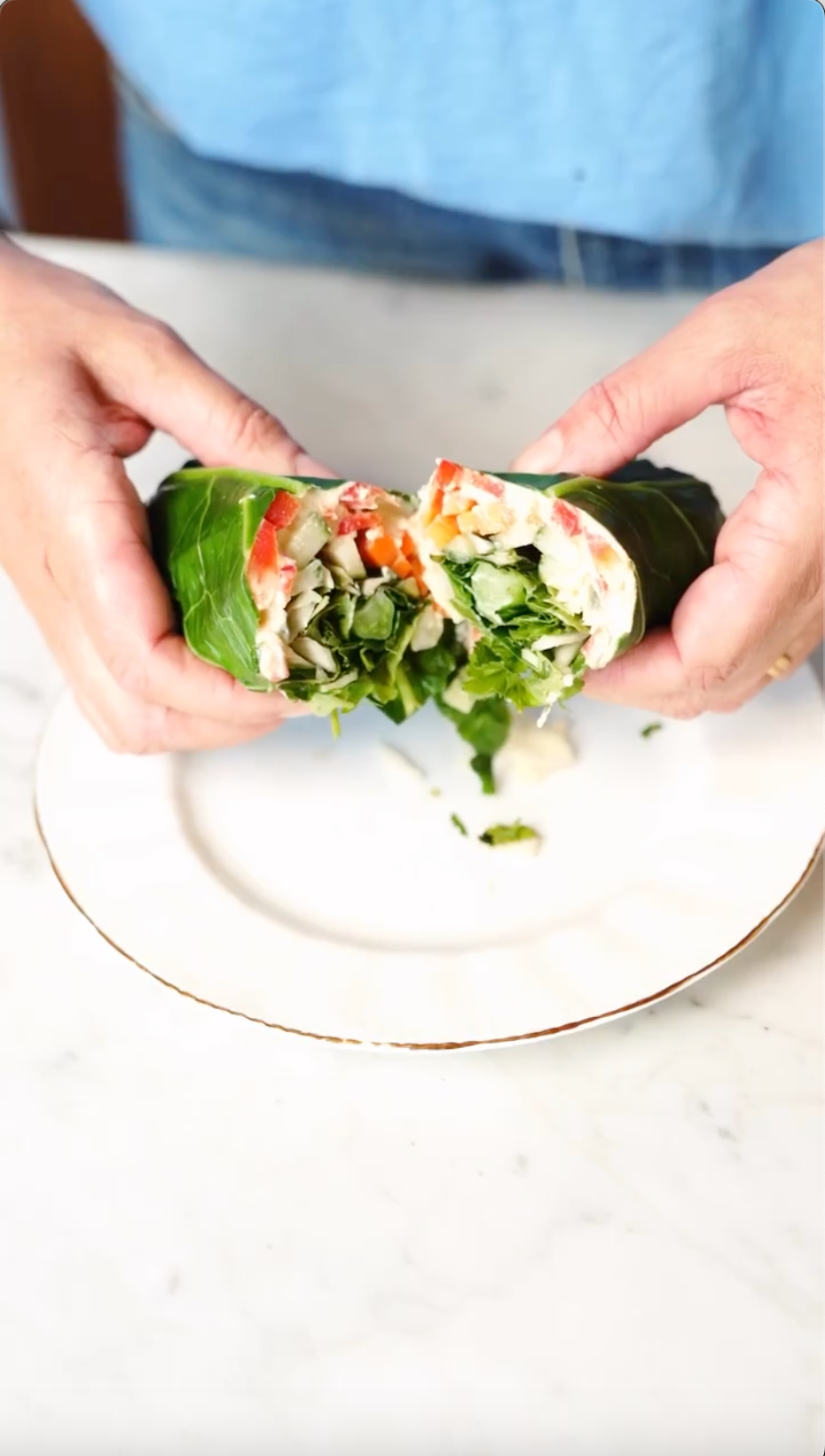Fat is not the enemy. A phrase frequently used and favoured by Mark Hyman MD, yet why do so many of us fear it, weigh it, calculate it and obsess over it. We’ve all been there!
Fat being our very good friend should be music to our ears but it may come as a shock to some of you. Somewhere along the way diet culture has us thinking that low fat options are better for us, 0% yoghurts, free from deserts, low cal drinks etc etc. These are often products that are so far removed from wholefoods that what we are left with is pretty un-nutritious. They can cause our blood sugars to soar, play havoc on the gut, cause dull complexions and send hormones out of whack, but although we want fat on our side it’s crucial that were giving our body the right kinds…
You maybe familiar with the keto diet perhaps it’s caught your eye in a magazine or you’ve googled it out of curiosity. If you’re wondering if its right for you and your lifestyle, hopefully I can clear up a few of your questions. The most important thing to remember is that everybody is different, so it’s important for you to find what works for you.
The Keto diet is based on 3 main principles. High fat, low carb, and moderate protein intake. You want to be aiming for 70-80% fat, 20% protein and 5-10% carbohydrates (If that sounds like too little protein for you don’t forget we can have wonderful plant sources from leafy greens!)
The theory behind keto & the reason many people use it for fat loss is that by restricting carbohydrates your body will eventually reach a state of ketosis – A metabolic state whereby your body burns fat for energy. This way of eating aims to force your body into using a different type of fuel. Instead of relying on sugar (glucose) that comes from carbohydrates (such as wholegrains, legumes, vegetables, and fruits), the keto diet relies on ketone bodies, a type of fuel that the liver produces from your stored fat. Sounds simple enough? Ketosis can only occur when carbohydrates are kept at very low levels aprox 30g per day. In my clinic I actually prefer a more balanced and softer approach u really important to find what works best for you and your body.
So what can you expect if you follow keto guidelines? You only have to ask around your office, or chat to the guy who works in your gym to hear of someone who knows someone who swears by the keto diet! Once followed with some consistency benefits can include; weight loss, mental clarity, less brain fog, deeper sleep and a raise in energy levels. It can help to reduce inflammation and reset insulin levels (An important one for many that may have succumbed to the low fat/0% propaganda over the years)
Like so many things there are of course pro’s and cons, for many this diet suits them perfectly and for others it would be a struggle. There are concerns that the quantity of fat needed for keto could potentially cause more harm than good but this is where the focus really needs to be on the quality. With approximately a 70-80% fat intake per day it’s crucial that we understand the difference between the good and bad. So what can you eat? A typical keto day may look a little something like this…
A day in the life of a Ketoarian -
Breakfast:
Spinach and mushroom omelette cooked in organic grass fed butter/coconut oil
Lunch:
Pan fried asparagus, watercress salad with salmon
Dinner:
Zucchini ribboned pasta with a creamy oconut sauce
Snacks:
Berries/nut butter/hummus & crudités
Drinks:
Water, green tea, herbal tea, black tea (always opt for organic full fat milk or a good quality unsweetened nut milk, the less ingredients the better)
If this is something you’d like to try I’ve compiled a list below of foods to include and foods best to avoid to get you started. The most important thing to remember in my opinion is to focus predominately on plant-based foods, fill your plate with veggies, focus on good wholefoods, some clean protein and lots of fluids!
Eat:
Avocados, nuts and seeds, extra virgin olive oil, coconut oil, coconut butter, cacao, cacao butter, organic dairy, full fat greek yoghurt, eggs, poultry, fish and seafood, low carb veggies (think veggies grown above the ground) low glycaemic fruits pref berries.
Avoid:
Grains, starchy root vegetables, high sugar fruits, processed packaged goods (breads, crackers, cakes, crisps, chips etc) fizzy drinks and juices.
Please don’t be too disheartened as I said before. It's not a one-size-fits-all prescription, and it's crucial to ensure you're getting essential nutrients while maintaining ketosis so remember to still eat a variety.
So what do you think would you give it a go?
Remember bottom line no food is truly off limit here it’s all about moderate intake, being mindful and most importantly it must be enjoyed! Ketosis is something you could try and I would love to hear how you got on. Without putting a label on anything the high fat/low carb principle is one I do tend follow in clinic and also at home, I use a lot of good fats in my diet but also love my berries and root veg! Find your balance and let me know how you go.
KETO
This particular way of eating also known as the Keto diet is based on 3 main principles. High fat, low carb, and moderate protein intake. Now don’t get too hung up on percentages, don’t count your calories, I tend not to get bogged down with the nitty gritty percentages just be roughly aware of your intake.
You want to be loosely aiming for 70-80% fat, 20% protein and just 5-10% carbohydrates (If that sounds like too little protein for you don’t forget we can get wonderful plant sources from leafy greens!) It sounds overwhelming and you’re probably thinking I need more carbs than that!? The truth is we don’t really… We are programmed into thinking carbohydrates included in every meal are good and the source of energy but it can be quite the opposite often slowing us down and making us feel sluggish.
It is a way of eating where the majority of your calories come from fat and protein in the form of lean organic meats, nuts, seeds, eggs, cruciferous veggies and leafy greens, some fruits, fatty fish, healthy oils (olive/coconut). There is a limit to root veggies, sweet fruits, pastries, flours, breads, pastas, grains, sugar, pulses, beans and processed/fried foods. This is a fantastic method for those looking to lose a little weight or maintain a healthy weight due its ability to support insulin in the body. It is also brilliant for brain fog and energy.
The theory behind keto
The reason many people use it for fat loss is that by restricting carbohydrates your body will eventually reach a state of ketosis – A metabolic state whereby your body burns fat for energy. This is what keto means. This way of eating aims to force your body into using a different type of fuel. Instead of relying on sugar (glucose) that comes from carbohydrates (those wholegrains, legumes, vegetables, and fruits), the keto diet relies on ketone bodies, a type of fuel that the liver produces from your stored fat. Sounds simple enough? Ketosis can only occur when carbohydrates are kept at very low levels approx. 30g per day. So an example of this maybe a banana as this is 27g, ½ cup of steamed brown rice 22g. As you can see the margin for carbss is small.
The pros definitely outway the cons when following a keto plan and the benefits when done correctly can be huge. Once followed with some consistency, benefits can include; weight loss, mental clarity, clearer skin, less brain fog, deeper sleep and a raise in energy levels. It can help to reduce inflammation and reset insulin levels (An important one for many that may have succumbed to the low fat/0% propaganda over the years). There are concerns that the quantity of fat needed for keto could potentially cause more harm than good but this is where the focus really needs to be on the quality. With approximately a 70-80% fat intake per day it’s crucial that we understand the difference between the good and bad which I will go into in my next post.
One of the reasons why I love the keto principles is its fat loving hormone benefits, we all need fat to function (our brain is made predominantly of fat) but for Women in particular fat is very much our friend. Fat + Women= Balanced hormones, smooth clear skin, shiny hair, strong nails, a sustained appetite, clarity, focus and lots of energy.
- Weight/fat loss
- Decreased inflammation due to a large intake of healthy anti-inflammatory fats
- A decrease in appetite due to the slowing of digestion by dietary fat and the appetite-suppressing effects of protein.
- Improved blood markers such as HDL/LDL, triglyceride, and glucose.
- Reduction in blood pressure.
- Improved symptoms for sufferers of type II diabetes, epilepsy, Alzheimer’s Disease, and Parkinson’s Disease
- Insulin management
- Immune supporting
So how long does it take to get into ketosis and what can you do to accelerate the transition? When you enter a state of ketosis, your body switches from using glucose to using mainly ketones for fuel. For someone to experience the benefits and see a result really varies from person to person and also depends on how strict you are in the process! It won’t happen overnight. Our body has been burning sugar for fuel its entire life. It will need time to adapt to burning ketones for fuel.
So how long does it take to get into ketosis? This transition could take anywhere from 48 hours to one week. The length in time will vary depending upon your activity level, lifestyle, body type, and carb intake. There are several ways you can speed up this process, like intermittent fasting and drastically decreasing your carb intake or removing them all together. Once you get into ketosis, there is no guarantee you will remain in ketosis. If you eat a carb-laden meal, practice carb cycling, or increase your carb intake for athletic performance, your body may start burning glucose. To get back into a fat-burning state, follow the same methods you did to get into ketosis initially
Cut your carbs drastically- If you are used to eating carbs this can be really challenging and can take some time to get your head around. This will feel hard at first and may feel the opposite of your normal but it’s an essential step in achieving ketosis. This means root veggies, bread, pasta, potatoes, grains, cereals, starchy fruits- even control your legume intake. I recommend just 1 serving per week of beans, lentils etc. I’d also watch your nut intake while they are a fantastic source of fat they can also be quite high in carbs.
Keep your protein levels up- Protein is crucial so please don’t skimp here. It provides many of the nutrients you need to be healthy, helps satisfy you, and helps prevent muscle breakdown. Go for things like organic free range eggs, salmon, nuts, seeds and organic full fat yoghurt.
Try intermittent fasting- Intermittent fasting is a powerful tool and is often used in conjunction with the keto diet. When used on its own is has a number of health benefits, including improved concentration, faster weight loss, and reduced blood sugar levels. It has also been associated with decreasing symptoms of various chronic diseases. When used in combination with a ketogenic diet, it can help you get into ketosis faster, and aids weight and fat loss. To ease you in try fasting from 6pm in the evening until 10am the next morning drinking just water and herbal teas.</li>
Increase your high quality good fats- Healthy fats make up the large proportion of a keto meal plan and it can definitely take some getting used to make that initial transition. Your body needs to use fat as its primary fuel source so make sure 70-80% of your daily calories are from fats. This will help your body transition, although if your goal is to lose weight, it’s preferred to decrease your fat intake slightly to allow your cells to burn fat stores instead of dietary fat. An example of what 70% fat looks like in a day may be this: 1 avocado with breakfast, a scoop of full fat greek yoghurt, a handful of walnuts, 2 tbsp of extra virgin olive oil drizzled on dinner.
Introduce MCT oil- More so than any other oil like coconut oil, organic grass fed butter, or any other fat, MCT oil can boost your blood ketone levels significantly. MCT oil can do this because the medium-chain triglycerides in it are quickly metabolised and used for energy by your cells, unlike long-chain fatty acids which take longer to be broken down. Try adding it to your morning coffee or smoothie.
Watch your snacks and keep keto when out- Stay keto on the go and be prepared. Don’t be afraid to ask for swaps in restaurants; nearly all will be able to accommodate some simple swaps for you. Some good keto snacks are homemade nut bars, hard boiled eggs, unsalted nuts and seeds. It’s always best to prepare your own snacks as most, even those considered low carb, have cheap ingredients and sweet syrups that raise your blood sugar and kick you out of ketosis.
Exercise and daily movement helps deplete the body of glycogen stores (stored glucose). When glycogen reserves are low, and not being refilled with carbohydrates, the body turns to burning fat for energy. Therefore, increasing your exercise intensity can help you enter ketosis faster.





